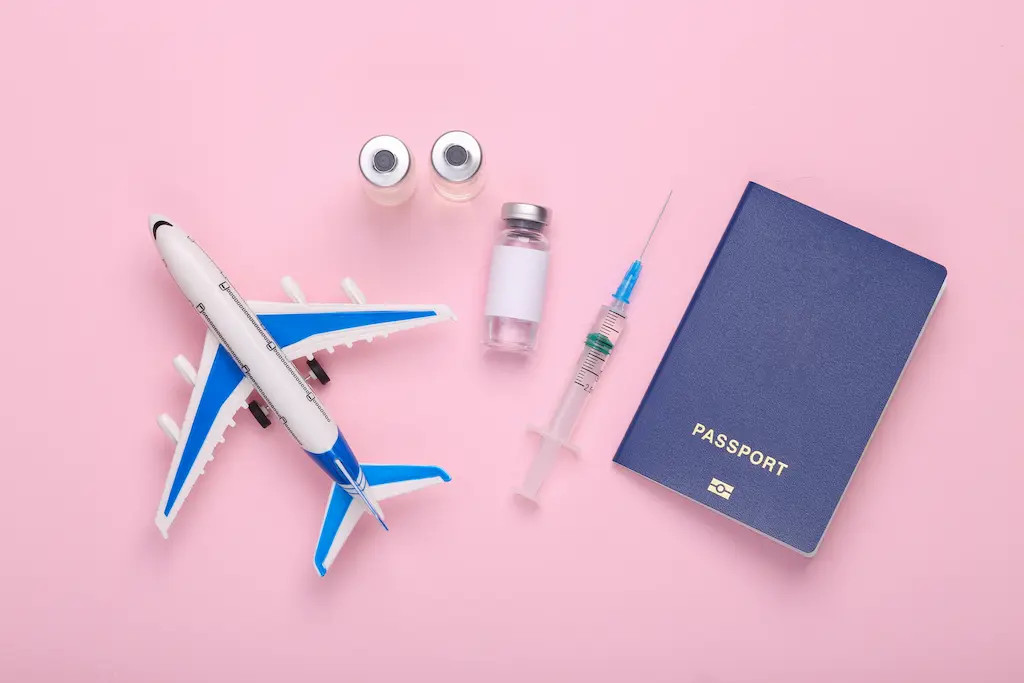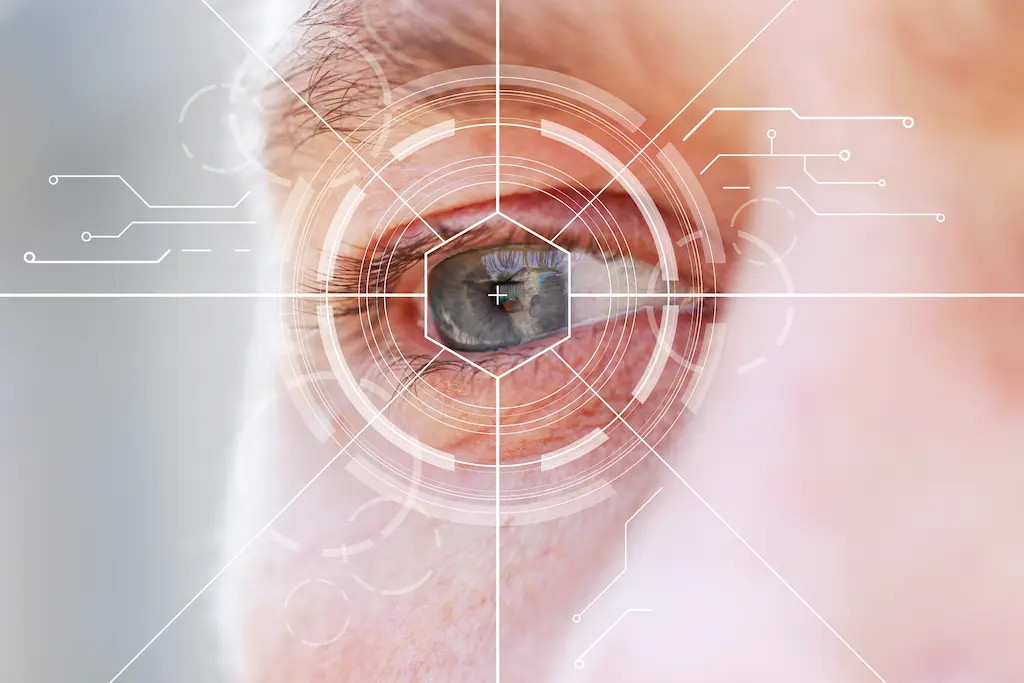 man looking out airplane window alt text: A man comfortably gazes out of an airplane window after cataract surgery, enjoying clear vision during his flight, showcasing the ease of air travel post-procedure.
man looking out airplane window alt text: A man comfortably gazes out of an airplane window after cataract surgery, enjoying clear vision during his flight, showcasing the ease of air travel post-procedure.
Cataract surgery is a remarkably effective procedure that restores vision for millions. If you’re considering this vision-correcting surgery, you might be wondering about the recovery process and how it might impact your travel plans, especially if you’re a frequent flyer. A common question is: How Long After Cataract Surgery Can You Fly?
The good news is that in most cases, flying after cataract surgery is perfectly safe. Most individuals can travel by air without complications following cataract surgery. However, it’s always wise to understand the guidelines and take necessary precautions to ensure a smooth journey and optimal healing. Let’s delve into what you need to know about flying after your cataract procedure.
Is it Safe to Fly After Cataract Surgery?
Generally, yes, it is safe to fly after cataract surgery. There are typically no strict medical restrictions preventing air travel following routine cataract or laser-assisted cataract surgery. In fact, many patients fly soon after their procedure without experiencing any issues.
However, there’s a crucial exception: If you have undergone detached retina surgery involving the injection of a gas bubble into your eye, flying is not recommended. The change in air pressure during a flight can cause the gas bubble to expand, potentially leading to serious complications. In such cases, it’s imperative to wait until your ophthalmologist confirms that the gas bubble has completely dissipated before you consider flying.
For standard cataract surgery, the primary concerns related to flying are generally minor and manageable. Let’s explore these in more detail.
Potential Concerns When Flying Post-Cataract Surgery
While flying is generally permitted shortly after cataract surgery, it’s important to be aware of a few potential discomforts and considerations:
Dry Eyes
One of the most common temporary side effects of cataract surgery is dry eyes. This can occur due to several factors, including the use of Betadine antiseptic during the procedure, and certain preservatives in post-operative eye drops which can cause irritation. Additionally, surgery itself can temporarily affect tear production and eyelid function, contributing to dryness.
The dry cabin air on airplanes can exacerbate this issue. Airplane cabins have very low humidity levels, often below 1%, which can quickly dehydrate your eyes and skin. Dry eyes can lead to symptoms like burning, stinging, a gritty feeling, and blurred vision. This discomfort might increase the urge to rub your eyes, which is something to avoid after surgery as it can increase the risk of infection.
To combat dry eyes during and after your flight, using artificial tears is highly recommended.
Post-Operative Care & Follow-up
Proper post-operative care is crucial for successful cataract surgery recovery. This typically involves attending follow-up appointments with your eye surgeon to monitor healing and detect any potential complications early on. These appointments are usually scheduled for the day after surgery and again within the following couple of weeks.
If you have travel plans soon after your surgery, it’s vital to inform your ophthalmologist. Try to schedule your follow-up appointments around your travel itinerary as much as possible. Furthermore, diligently follow your surgeon’s post-operative instructions, which will likely include using prescribed eye drops and wearing an eye shield, especially while sleeping. If you have any concerns about traveling or engaging in activities shortly after surgery, always consult your surgeon for personalized advice.
Access to Medical Care
 doctor checking patient eye alt text: An ophthalmologist carefully examines a patient's eye during a post-cataract surgery check-up, emphasizing the importance of medical follow-up and ensuring proper healing.
doctor checking patient eye alt text: An ophthalmologist carefully examines a patient's eye during a post-cataract surgery check-up, emphasizing the importance of medical follow-up and ensuring proper healing.
While serious complications after cataract surgery are rare, infections can occur. Symptoms like worsening vision, increased redness, and pain in the eye should not be ignored and require prompt medical attention. Delays in treatment can potentially lead to permanent vision loss.
While you will likely feel much better within 24 hours of surgery, the full cataract surgery recovery time can take about four to six weeks. During this period, it’s essential to keep your eye clean, use lubricating drops, and avoid activities that could strain your eye. When planning travel during your recovery, particularly shortly after surgery, it’s prudent to consider your access to medical care in case of any unforeseen issues. Being in locations with good medical facilities is advisable during the initial recovery phase. Remote areas with limited medical access might be less suitable immediately following surgery.
Dry Cabin Environment
As mentioned earlier, the extremely dry air in airplane cabins can exacerbate dry eye symptoms. This is due to the low humidity at high altitudes and the cabin pressurization systems. Additionally, travel itself can disrupt your regular routines, potentially leading to dehydration, less healthy food choices, and reduced sleep, all of which can contribute to dry eyes and overall discomfort.
Practical Tips for Flying Comfortably After Cataract Surgery
To minimize discomfort and ensure a pleasant flight after cataract surgery, consider these helpful tips:
Use Artificial Tears Frequently
The most effective way to manage dry eyes while flying is to use artificial tears liberally. Preservative-free artificial tears are often recommended, especially for frequent use, as they minimize potential irritation. Apply them regularly, even hourly if needed, throughout your flight.
Stay Hydrated
Dehydration can worsen dry eye symptoms. Drink plenty of water before, during, and after your flight to maintain overall hydration and eye moisture. Carry an empty water bottle through airport security and refill it once you’re through to ensure you have water readily available during your journey.
Take Naps
If possible, try to nap during your flight. Closing your eyes and resting can help reduce eye strain and prevent them from drying out as quickly.
Adjust Air Vents
Minimize direct airflow from the overhead air vents towards your face. Adjust or close the vent above your seat to reduce the amount of dry air blowing directly into your eyes.
Travel Insurance Considerations
Cataract surgery typically doesn’t directly impact travel insurance policies. However, it’s always wise to review your specific travel insurance policy or contact your provider to confirm if there are any clauses related to recent surgeries. Some policies might have a waiting period after surgery before full coverage applies, or they might have specific exclusions related to pre-existing conditions or procedures. It’s better to clarify these details with your insurance provider beforehand to avoid any unexpected issues.
When to Consult Your Doctor
While flying is generally safe soon after cataract surgery, always discuss your travel plans with your ophthalmologist. They can provide personalized advice based on your individual healing progress and overall health. Don’t hesitate to ask your doctor:
- What to expect during your recovery and how to differentiate between normal post-operative symptoms and potential complications.
- How long they recommend you stay close to home after surgery in case of any unexpected issues.
- About scheduling your follow-up appointments around your travel dates.
By taking these precautions and staying informed, you can confidently plan your travels after cataract surgery and ensure a comfortable and safe journey.
Need Cataract Surgery Guidance?
If you’re exploring cataract surgery and want to learn more about the procedure and recovery, schedule an appointment with Discover Vision Centers in Kansas City. Our experienced cataract specialists are dedicated to guiding you through every step of the vision correction process, helping you restore your clear vision and enhance your quality of life.